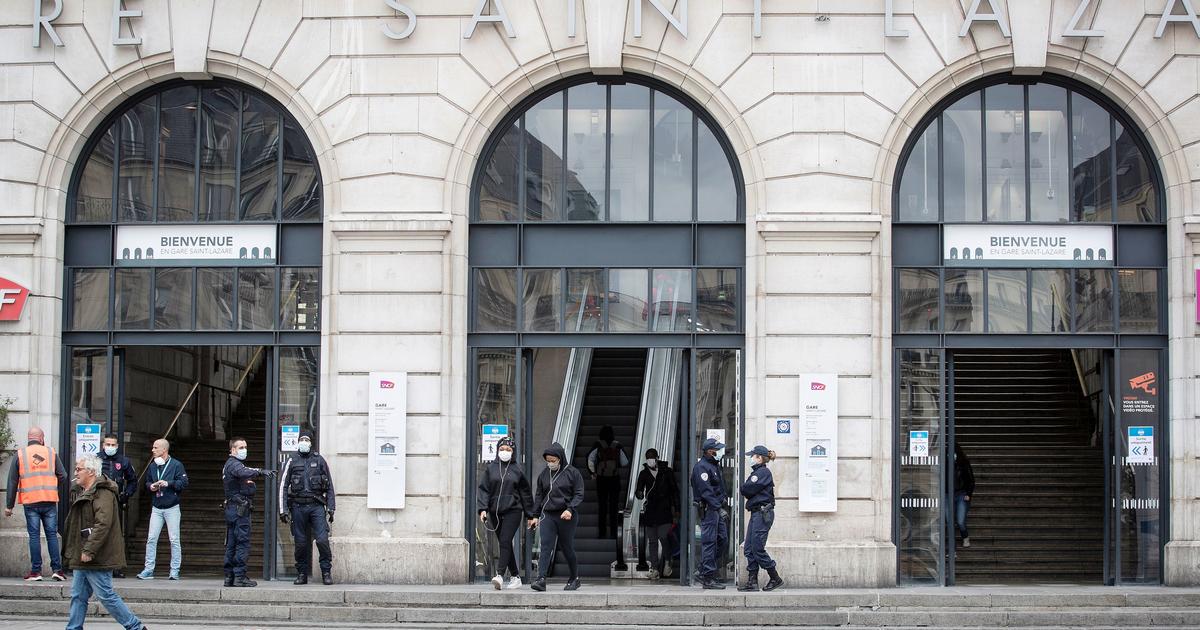François Asensi (FG) has a lot of ideas.
The mayor of Tremblay-en-France, deputy from 1981 to 2017, has advocated for decades for the creation of a vast sports and cultural enclosure in this territory located on the borders of Seine-Saint-Denis, Val-d'Oise and Seine-et-Marne.
“When the Stade de France was discussed thirty years ago, I even proposed that it be built in Tremblay,” recalls the elected official.
Who intends to complete “his” great project, the Colosseum, which he has been carrying at arm's length for eight years.
An "important step" is taken this Monday evening with the validation by the elected officials of the Territorial Council of Paris Land of Flight of the winner of the design-production contract selected by a jury, in this case the Legendre group.
Located near Roissy airport, in the heart of the Aerolians ZAC, the future Arena will consist of a large hall with 7,000 seats and a so-called sports hall with 1,500 seats.
READ ALSO>
Tremblay: the Colosseum and its 10,000 seats want to boost the east of 93
"There could be simultaneous demonstrations in the two spaces", assures François Asensi.
The handball club of Tremblay, currently last in the French first division championship, could become a resident of the Colosseum.
Its opening is expected in January 2024.
The project has been revised downwards over the years: the initial capacity was 20,000 places and the cost amounted to more than 100 million euros, against 60 million euros now.
"This resizing allowed us to make the project attractive for an operator because that was our bet: to find a long-term operator who will assure us of the profitability of this equipment even before building it", explains the mayor of Tremblay.
Newsletter The essential of 93
A tour of the news in Seine-Saint-Denis and the IDF
Subscribe to the newsletterAll newsletters
S-Pass will be the manager.
“S-Pass operates around twenty rooms throughout France
(Editor's note: the Zénith in Strasbourg, Rouen and Dijon, for example)
, they are not amateurs, he emphasizes.
This project is in line with their wishes.
"
The Colosseum therefore seems saved, it which was long weighed down by an uncertain financial package.
In its initial version, it took the form of a public-private partnership (PPP) led by Eiffage, which ended up withdrawing in 2018.
“Eiffage was in contact with an operator who gave up at the last moment, rewinds François Asensi.
Ultimately, so much the better.
I had always said that if the PPP proved to be penalizing for the finances of the territory, I would abandon it.
The new procedure adopted is a public project management.
A "completely virtuous" project
The former deputy is keen on this Colosseum because he believes that the north-east of Ile-de-France is sorely lacking in enclosures of this type.
“Personally, I don't need a room of this size in Tremblay,” he explains.
It is a territorial project which takes into account the weakness of the equipment in our sector.
"
To these two rooms will be added a “large bodega” intended for spectators of the Colosseum on the evenings of events… and for employees of the ZAC.
"We do not want an area that empties in the evening at 6 pm", specifies François Asensi.
Opposite the Colosseum will rise two hotels and a balneotherapy area.
If the president of Paris Terres d'Envol, the mayor of Aulnay-sous-Bois Bruno Beschizza (LR), supports the initiative, the mayor of Blanc-Mesnil will vote against the deliberation.
Deploring a "legal acrobatics" and "a headlong rush", Thierry Meignen (Libres!) Criticizes the opacity of the file and fears a cost for the territory much higher than the 60 million euros announced.
It also underlines the expected opening for 2023 Porte de la Chapelle in Paris of a “competing” room whose gauge will be equivalent to that of the Colosseum.
The elected ecologists of Tremblay-en-France point to the same argument and already announce “a Roman ruin”.
François Asensi defends himself against it and puts forward a project "quite virtuous, and which is totally in the territory".
Beyond the use of photovoltaic panels over more than 6,000 m2, the structural work of the Colosseum will consist of mud bricks produced by the Sevranese Cycle Terre factory from soil excavated during the Grand Paris Express construction sites.
Insisting on the "broad consensus" which surrounds the project, the former deputy recalls that the metropolis of Greater Paris (11 million euros), the State (6 million), the region (3 million) and the department (2 , 5 million) also participate in its financing.









